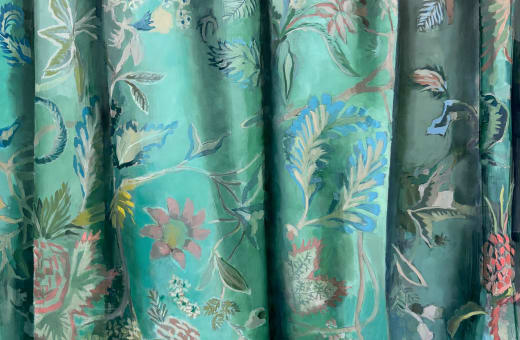News

Already Home: AAPI Artists on Belonging Curated by Shannon Lee for Artsy
Relative to the history of Asians in America, the term “Asian American” is fairly new. Coined in 1968 by the Japanese American historian Yuji Ichioka as a way to build a self-defined political coalition, the term is one that attempts to encompass and place a single identity on a vast, often disparate diaspora of racial and ethnic ancestry that includes East Asians, South Asians, and Pacific Islanders. Within this rich multitude, however, is a common experience of otherness. We are often made to feel as though we do not belong, that we should “go back to where we came from.”
Between Yellow Peril, the Chinese Exclusion Act, Japanese Internment, the murder of Vincent Chin, and the current spike in violence during the COVID-19 pandemic, no matter what our individual histories are, we have been told time and time again that we will always be seen as foreigners. Artists have long been at the forefront of refuting this narrative, exploring the legacies of colonization and othering, and demonstrating through their works that Asians belong in this country as much as the next person.
In celebration of AAPI Heritage Month, this curated collection, titled “Already Home: AAPI Artists on Belonging,” highlights artworks that explore what it means to be Asian in America. Artists like Masao Gozu, Stephanie Syjuco, and Hong-An Truong all take a documentarian’s approach, making long-invisible histories visible through their use of photographs and archival material. Meanwhile, artists like Tseng Kwong Chi, Steven Young Lee, Jiha Moon, and Monica Kim Garza turn racist tropes and prejudices on their heads, subverting the orientalizing Western gaze using performance, ceramics, and painting, respectively.
Other artists, like Andrew Hem and Mikey Yates, make use of intimacy in their work, investigating the internal, day-to-day experiences and psychology of being Asian American through contemplative portraits. For Rina Banarjee, Cecile Chong, and Hangama Amiri, the meaning imbued in physical material allows them to merge seemingly fragmented identities into a cohesive whole.
These artists and their works do not represent the whole of the Asian experience in America, but from the various angles they take and the means they use to create their work, they highlight and explore what it means to call this country home.








